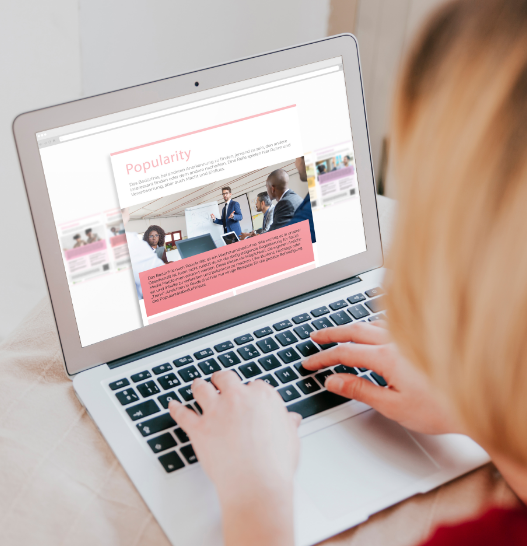The usability and user experience test is probably the best-known method for testing and increasing usability and user experience. In this article you can read how the method works and which questions it answers. In addition, you will learn about the advantages and disadvantages of a usability and user experience test and what else needs to be considered for this method.
How does a usability and user experience test work?
In a classic usability and user experience test, the later user is directly confronted with a version of the product or service.
This version can be a paper prototype, a wireframe, a digital prototype or the finished product.
The user is then given tasks (e.g., when testing an email program: Please send an email to the following address …) and both the path the user takes, the times it takes to complete the task, and any errors are noted.
If the times the user takes to solve individual tasks are not the main focus, the usability and user experience test can be combined with the thinking aloud method to obtain more information.
This is usually followed by an interview to gain a comprehensive understanding of the user in interaction with the product.
In good usability and user experience tests, it is possible for the development team to watch. This allows all team members to see users interacting with their own prototype, allowing them to see positive and negative points for themselves.
What should you consider during a usability and user experience test?
The following points are particularly important:
- The right users are essential for the success of your study! Therefore, great attention should be paid to the right recruitment. A screener can be very helpful here. A screener is a document with questions that aim to provide the recruiter with a knowledge of whether the respondent meets the selection criteria.
- For some products, there are several relevant user groups. You should test your product for each group.
- The number of participants depends on your goals. If you are testing with one target group to uncover usability and user experience issues, then you can expect 6-8 people. For example, if you have multiple target groups or want to make statistical statements, you need to expect far more participants. With a sample size calculator you can get a first idea of a suitable number of participants.
- You definitely need a well-designed test guide that explains the usage scenario to the participants and guides them through the test with standardized questions. At the end, scale questions can be used to make individual parts of usability and UX measurable, or open questions can be used to generate qualitative improvement potential.
What are the advantages of this method?
Usability and user experience tests quickly reveal real user problems and thus offer the opportunity to improve one’s own product in a targeted manner and in line with real users. Objective data such as average time are generated as well as subjective data (for example, further wishes and suggestions of the users).
What are the disadvantages of the method?
You need to create a simulated environment where there is no bias in the results. This can sometimes require practice and expertise. You also need to know about recruiting participants, creating a prototype and a guide – all of which can cost resources.
The usability and user experience test answers these questions
- Is my product understood by the user?
- Where should I place elements (e.g., buttons, menu, menu sub-items) in my interface?
- How do users like the visual design of my interface?
- Is there anything about my product that annoys or excites my users?
- What change requests do my clients have?
- What general usability problems does my product have?
- Does the user want to use my product?
- How does the user experience the first contact with my product?
- Where do problems (e.g. errors, waiting times, getting “lost”) occur when using my product?
- Does the design of my interface support users in their tasks?
- How do users evaluate different variants of my product or my product compared to a competitor’s product?
How does a usability and user experience test work?
You can read more about how we conduct a usability and user experience test on our page “User Research & UX Test“.
This isn’t the right method for your question?
In our Design Method-Assistant we have compiled the most important methods for the most typical questions. Try the method wizard and find exactly the right method for your question.
Choosing the right method is also made easier by the decision matrix in our book on usability and user experience design. There you will also find a lot of background knowledge about the method itself as well as UX & UI in general.
Conclusion
A usability and user experience test is a combination of observation and survey. The goal is to find out how well users can solve a task with your product and to generate potential for improvement. Essential for success are the recruitment of the right users, (if necessary) a suitable prototype, an appropriate guideline and the ability to evaluate the tests properly.
You are sure that a usability and user experience test is the right method to improve your product? Then feel free to contact us and together we will find out what we can do for you here.
Feel free to contact us directly via our contact form. We look forward to hearing from you!



